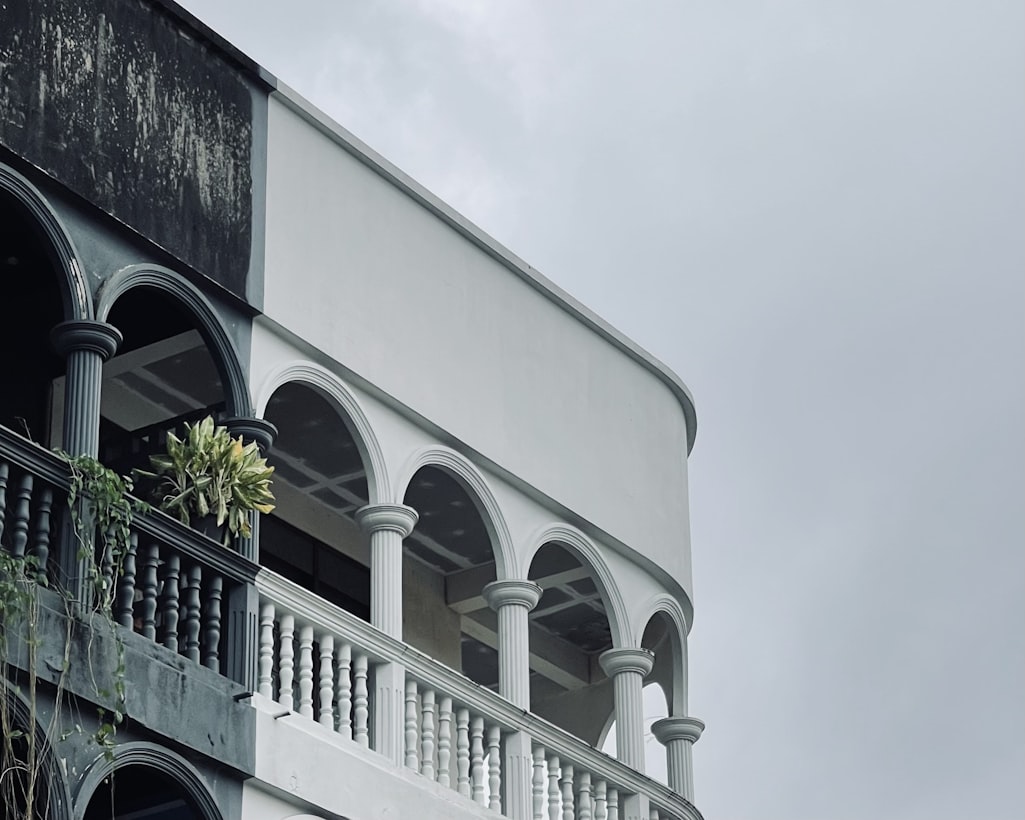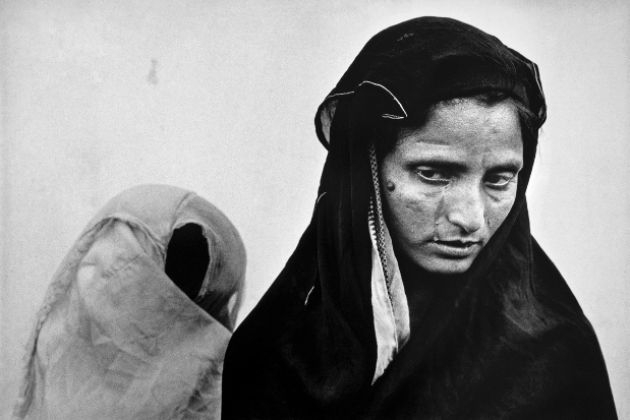
The Birth Pangs of a Nation
The book and the film celebrate 40 years of Bangladesh’s turbulent history. Through images by the finest photojournalists in the world and personal interviews of photographers, freedom fighters, refugees and care givers, they map the birth of the nation and record the pain and sacrifice of the ordinary Bangladeshi, in what was one of the most massive human displacements in recent times. There are brief references to the complexities facing modern Bangladesh and its hope for the future.
The Bangladeshi War of Liberation, like all other wars,has a contested history. The number killed, the number raped, the number displaced, are all figures that change depending upon who tells the story.
But in our attempt to be on the ‘right side’ of history, we often forget those who ended up on the wrong side. Those who have gone, those who were permanently scarred, mentally, physically, socially, don’t really care about our statistics. The eyes that stare into empty space, knowing not what they are searching, the frail legs, numbed by fatigue, drained by exhaustion, yet willed on by desperation, the wrinkled hands, seeking a familiar touch, a momentary shelter, longing for rest, do not care about the realpolitik of posturing superpowers.
Is a 40th anniversary more than a convenient round number in a never-ending cycle of the displacement of the weak? Is a 60th anniversary more than a celebration of a milestone amongst many, where brave men and women have stood by those in need, but watched in silence as the perpetrators of injustice continued in their violent ways, leaving them to deal with the fallout?
There are always choices to make in any editorial process. Sensitivities to watch out for. Strategies to adopt. An event that took place forty years ago, is living to many. The intention is not to ignite the pain of the past, but to find ways to heal. There are photographs in this book by some of the greatest war photographers of modern times. There are photographs by amateurs who tried with their cameras to record moments they had lived through. Some of the photographers became heroes, some have only recently been discovered. These were analogue days, and for Bangladeshi photographers finding film, processing, and preserving negatives, while under occupation and on the move, meant taking enormous risks. Their negatives are scarred from battle and bear the wounds of time. While images from well-known western agencies are pristine, some of the photographers have long since passed away. Those who are alive, remember the war as each experienced it, from a particular vantage point. Names are forgotten. Places are guessed at. Dates are approximations. In the case of a few iconic photographs where the moments are enshrined in history, we have been able to reconstruct the moment. Sometimes with the help of the photographer, and when the photographer has been missing through piecing together shards of scattered memories, fading documents, perhaps from fragments of a film. Gaps still remain. We have accepted these gaps in our collective memory and kept them as they were found. The wonders of Photoshop would have allowed us to simulate the well preserved negative, the pristine slide, even the modern day digital image, but we felt revealing the scars would be part of the act of remembering. An integral part of being a witness. So you see these images as they were found. The descriptions are as they were remembered. Poignant in some cases, scant in others, missing in the rest. As is the nature of history.
And the commemorative dates do have meaning. If only to remind us of how it was. If only to warn us that times haven’t really changed, if only by pointing to the scars of the dead, alert us to the pain of the living. If by remembering that many stood by, we even briefly stir an awakening conscience; if by recounting the horror that was, we unite in saying ‘never again’; if by seeking solace we point a firm finger to the ones who inflicted pain, merely for political convenience; then the dates become more than milestones. They become a call for action.
Shahidul Alam
4th December 2011
Dhaka
Foreword by Craig Sanders, Representative, UNHCR Representation in Bangladesh
In the same year Bangladesh celebrates its 40th anniversary of independence, the 1951 Convention relating to the Status of Refugees turns 60 and the 1961 Convention on the Reduction of Statelessness marks its 50th year of existence. These are landmark dates for both Bangladesh and UNHCR....
Photographers:
Abdul Hamid Raihan, BangladeshMahabub Alam Khan, BangladeshAftab Ahmed, BangladeshMarc Riboud, FranceBal Krishnan, IndiaMarilyn Silverstone, USABegart Institute, BangladeshMark Godfrey, USABruno Barbey, FranceMichael Laurent, FranceDavid Burnett, USARaghu Rai, IndiaDon McCullin, UKRashid Talukder, BangladeshHenri Bureau, FranceRaymond Depardon, FranceJalaluddin Haider, BangladeshSayeeda Khanom, BangladeshKishor Parekh, IndiaShahidul Alam, Bangladesh
Essay by Salil Tripathi
The people of Bangladesh, who make this golden land their home have come to accept forced displacement as an integral part of their lives. For centuries, floods, cyclones, drought, poverty, and conflict have forced them to move in large numbers, and to give shelter to those who need it. They understand the mighty rivers and their rhythm; they know the rules that nature sets for them: when they can take their boats out, when to cast the net, when they must return....Full Text
Shahidul Alam, Editor Shahidul Alam is a former president of the Bangladesh Photographic Society. He set up the award winning Drik agency, Pathshala, the South Asian Media Academy, the ChobiMela festival and the Majority World agency. Alam’s work has been exhibited in galleries such as MOMA in New York, the Centre Georges Pompidou in Paris and the Royal Albert Hall in London. He has been a speaker at Harvard, Oxford and Cambridge universities and at the Tate Modern in the UK and Fotomuseum Winterthur in Switzerland. Alam chaired the World Press Photo international jury and is a visiting professor of Sunderland University in the UK.
Salil Tripathi, TextSalil Tripathi is an Indian-born writer based in London. His books include “Offence: The Hindu Case” (Seagull, 2009), about attacks on free speech by Hindu nationalists, and a forthcoming collection of travel essays (Tranquebar). He is a frequent contributor to The Wall Street Journal, The Independent, The International Herald Tribune, The New Republic, and The Washington Post, among others. In India, he is a columnist at Mint and contributing editor at Caravan magazine. He is the chair of English PEN’s writers in prison committee, and a member of its board of trustees.
Robert Pledge, Photo EditorRobert Pledge is the president of Contact Press Images, which he founded with American photographer David Burnett in New York in 1976, he has edited many highly-acclaimed books and curated exhibitions throughout the world. A major presence in the photographic community, he has sat on many juries including World Press Photo which he chaired in 2001, and conducted numerous masterclasses in Asia, Africa and Europe. In 2004 he received the Overseas Press Club’s “Olivier Rebbot Award” for the book “Red-Color News Soldier”, which he authored with Li Zhensheng.
Ms. Chulie De Silva,
Communications Manager, Drik
Mobile: +880 1927122141 Fax: + 880 2 9115044
Published: December 4, 2011
Recent News
-
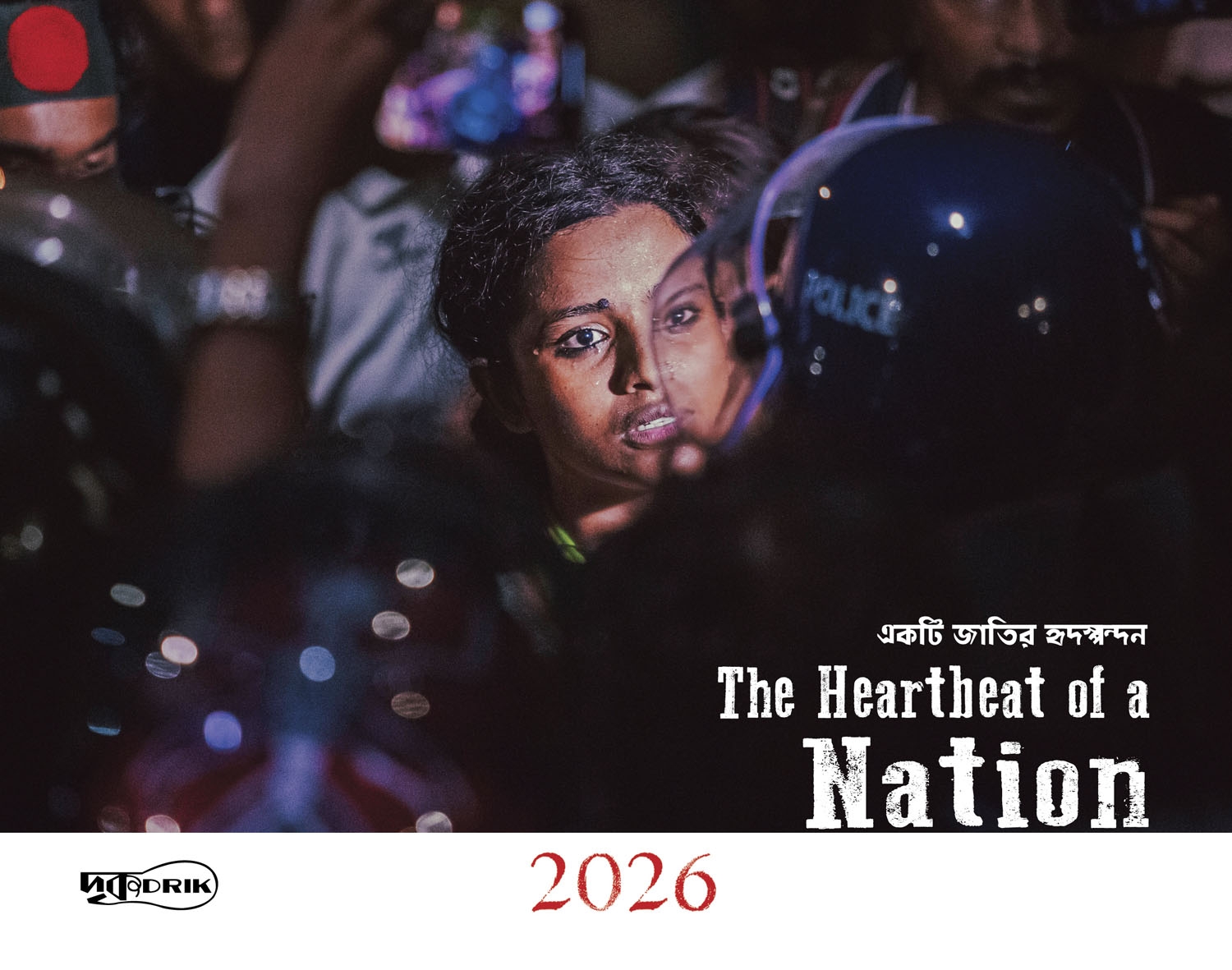
The Heartbeat of a Nation: Drik Calendar 2026
Published: August 21, 2025
-
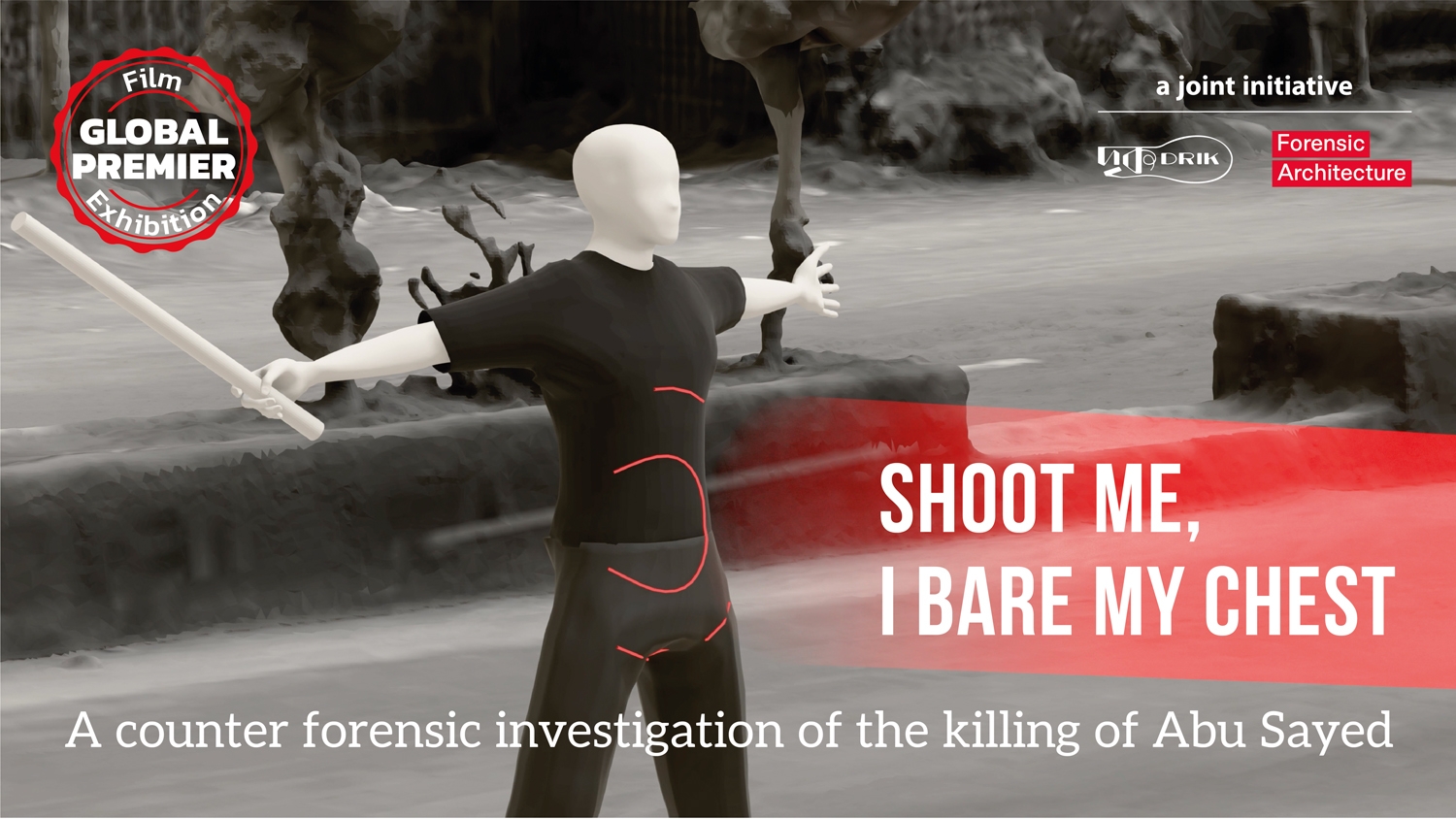
Shoot me, I bare my chest A counter forensic investigation of the killing of Abu Sayed
Published: July 12, 2025
-
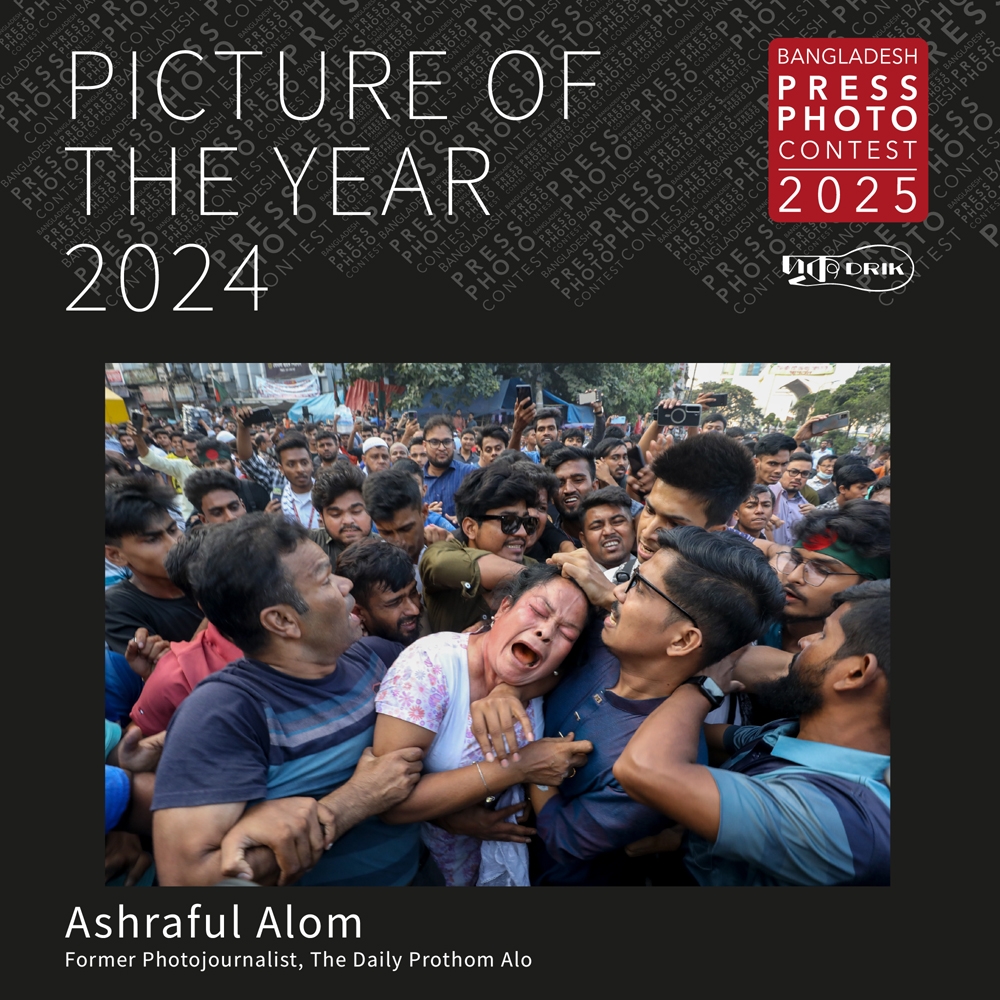
Bangladesh Press Photo Contest 2025 Result Announcement
Published: March 25, 2025
-

গণঅভ্যুত্থান পরবর্তী সাংবাদিকতা: সংস্কার ও সম্ভাবনা
Published: January 14, 2025
-
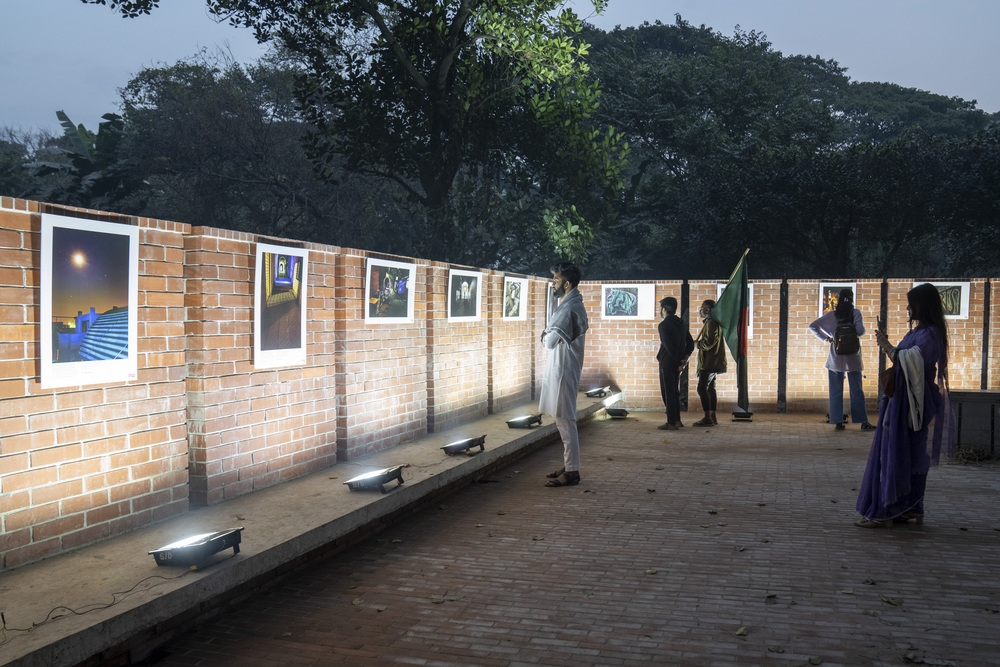
“সোহরাওয়ার্দী উদ্যান যত্নের ডাক” campaign
Published: January 15, 2025
-

Exhibition ‘Border that Bleeds’ by Parvez Ahmad Rony
Published: January 9, 2025
